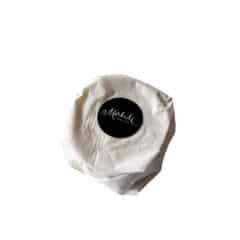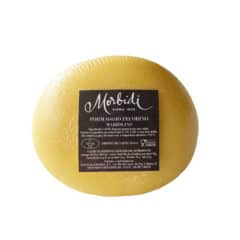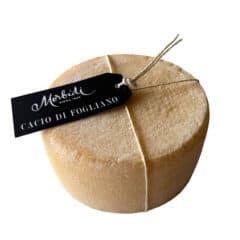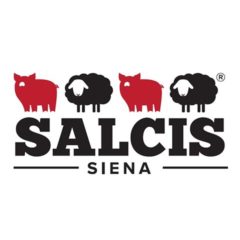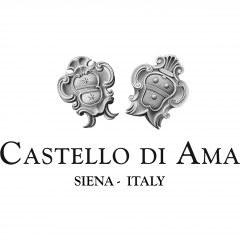A soft Pecorino cheese made with sheep milk, MonnaLisa Fiorita (meaning “flourish” or “flower”) is named for the edible flourishing rind of this type of cheese. This is part of a Piedmont tradition that makes a milder version of the Tuscan sheep’s milk white mold rind. For Fiorita, the rennet is added to the milk,…
A Marzolino is an Italian sheep’s milk cheese traditionally produced in the springtime when the flocks could finally feed on fresh grass; “Marzolino” in Italian means “March cheese.” At MORBIDI, this pecorino is made year-round in the rolling hills of Tuscany outside Siena in this locally beloved spring style from the milk of their own…
Cacio di Fogliano is raw sheep’s milk cheese made soley from the Morbidi family’s own flock of sheep. The term “fogliano” references the farmstead nature of this special cheese, and is the name of the family’s sheepfold. A true taste of their farm’s terroir, this simple ancient and elegant recipe punctuates the high quality of…
Synonymous with “eating well,” MORBIDI, formerly known as SALCIS, was founded in 1941 during WWII with the goal of unifying the Tuscan salami producers in the Siena area. The Morbidi family, which owns MORBIDI today, traces its ownership back to Armando Morbidi, a founding member of the company and the owner of several shops in…
SALCIS was founded in 1941 during WWII with the goal of unifying the Tuscan Salamis producers in the area of Siena. The Morbidi family, which owns SALCIS today, traces its ownership back to Armando Morbidi, a society founder and owner of many Siena shops beginning in 1925. In the 1960s, the Society started its own…
Five centuries ago, Ama was a hub of farming and winemaking, nestled in the Tuscan hills at an altitude of almost 500 meters in the Chianti Classico region of Italy. Today, Castello di Ama comprises 90 hectares in vines and 40 in olive trees. Their olive orchard is maintained by hand and their olive oil…
The father and son team at Bertagni have humble shepherding roots and serious cheesemaking know-how. Bertagni cheeses are made in the nearly-inaccessible Garfagnana region. Tucked between the Apuan Alps and the Tuscan-Emilian Apennine, their cows, goats and sheep graze on the unique valley grass.
